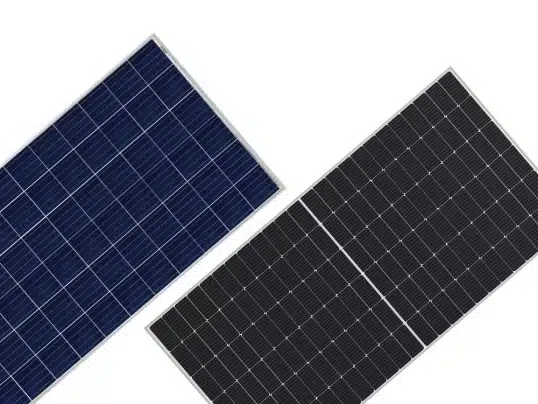In today’s rapidly evolving world of energy alternatives, solar panels have emerged as a sustainable and efficient solution to meet our growing energy demands. With various types and brands available in the market, choosing the perfect solar panel tailored to your unique energy needs can be a daunting task. Whether you’re a homeowner looking to reduce your electricity bill or a business owner seeking sustainable power solutions, this comprehensive guide will assist you in making an informed decision.
The Growing Popularity of Solar Energy
Renewable energy has gained immense popularity due to its environmental benefits and long-term cost-effectiveness. Among these sources, solar power has emerged as one of the most accessible and abundant forms of clean energy. To harness the sun’s energy effectively, the right solar panel is key. Let’s explore the factors you need to consider when choosing the perfect solar panel.
Types of Solar Panels
Solar panels come in three primary types: monocrystalline, polycrystalline, and thin-film. Each type has its characteristics, making them suitable for different scenarios.
1. Monocrystalline Solar Panels
Monocrystalline solar panels are known for their efficiency and sleek design. They are made from a single crystal structure, which makes them highly efficient in converting sunlight into electricity. If space is limited, monocrystalline panels are a wise choice as they are space-efficient and produce more power in low light conditions. DigitNet Store offers an array of monocrystalline panels renowned for their efficiency.
2. Polycrystalline Solar Panels
Polycrystalline solar panels are slightly less efficient but come at a more affordable price point. They are made from multiple silicon fragments, which results in a lower efficiency rate compared to monocrystalline panels. These panels are an excellent choice for those seeking a balance between cost and efficiency.
3. Thin-Film Solar Panels
Thin-film solar panels are lightweight and flexible, making them ideal for unconventional installations such as on curved surfaces or integrated into building materials. While they are less efficient compared to crystalline panels, they offer flexibility in design and installation.
Consider Your Energy Needs
The choice between these solar panels largely depends on your energy needs. Consider the following factors:
- Space: Assess the available space on your rooftop or property. If space is limited, monocrystalline panels may be your best bet.
- Budget: Determine your budget for the solar panel installation. Thin-film and polycrystalline panels are typically more budget-friendly.
- Efficiency: If you require high energy efficiency, monocrystalline panels are the most efficient choice.
- Environmental Conditions: Assess the local climate and weather conditions. Some panels perform better in low light conditions, making them ideal for regions with unpredictable weather.
Installation and Warranties
The installation of your solar panel system is as crucial as selecting the right panel. It’s recommended to hire a professional installer to ensure optimal performance. Additionally, inquire about warranties, as most solar panels come with warranties ranging from 10 to 25 years, guaranteeing their performance and durability.
Evaluate and Choose
The final step is to evaluate your options, keeping in mind your energy needs, budget, and environmental conditions. Take time to compare different panels, their efficiency ratings, and warranties. Once you’ve made an informed choice, you can start enjoying the benefits of clean and sustainable energy.
Conclusion
Solar panels are an investment in a sustainable and energy-efficient future. With the right panel, you can harness the sun’s energy to meet your specific needs. Whether you opt for monocrystalline, polycrystalline, or thin-film panels, your choice can significantly impact your energy savings and environmental footprint. Explore DigitNet Store for a wide range of solar panels and make a choice that aligns with your energy goals. Embrace clean, renewable energy and contribute to a greener future.
Citations:







